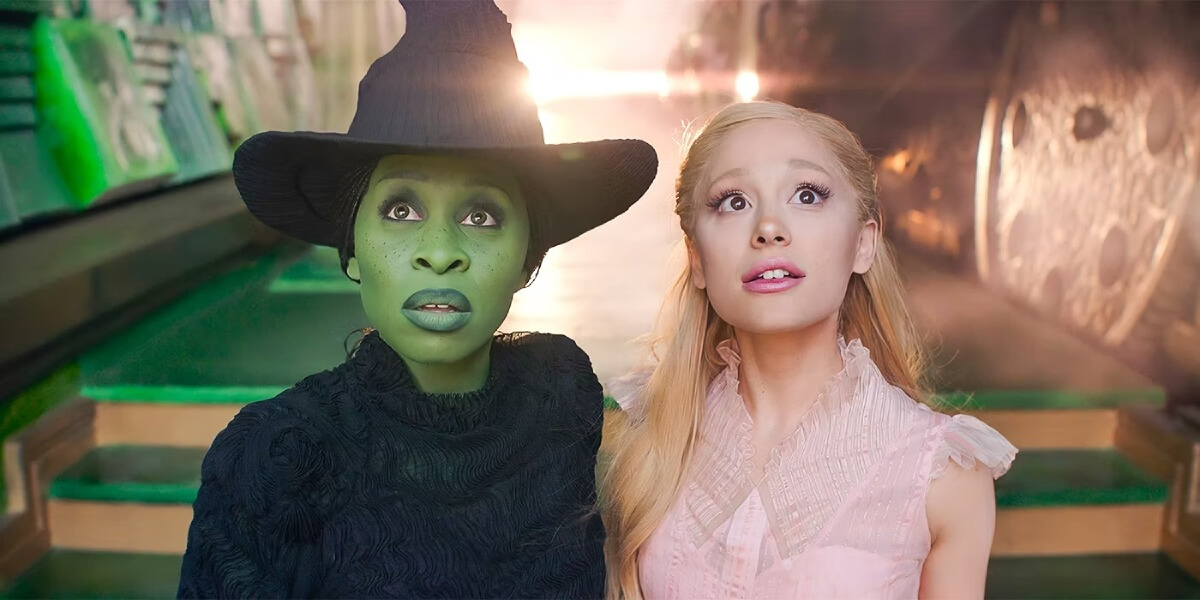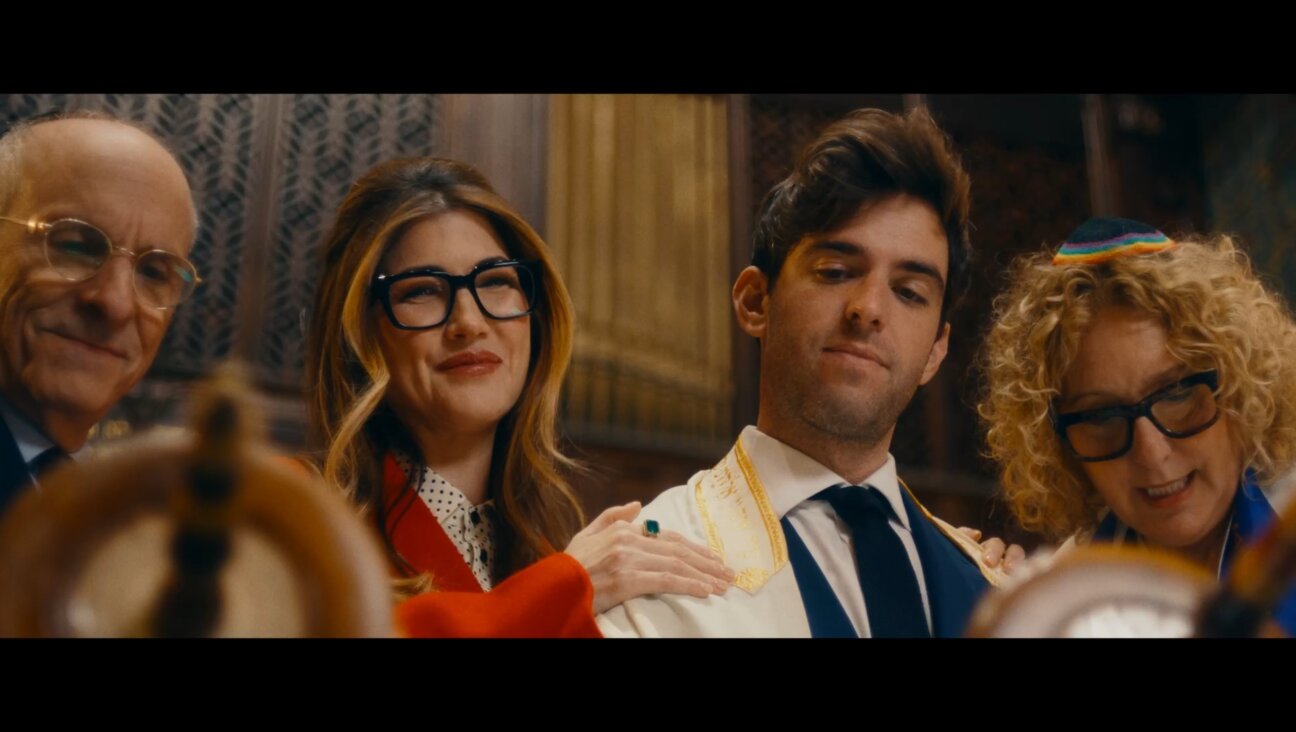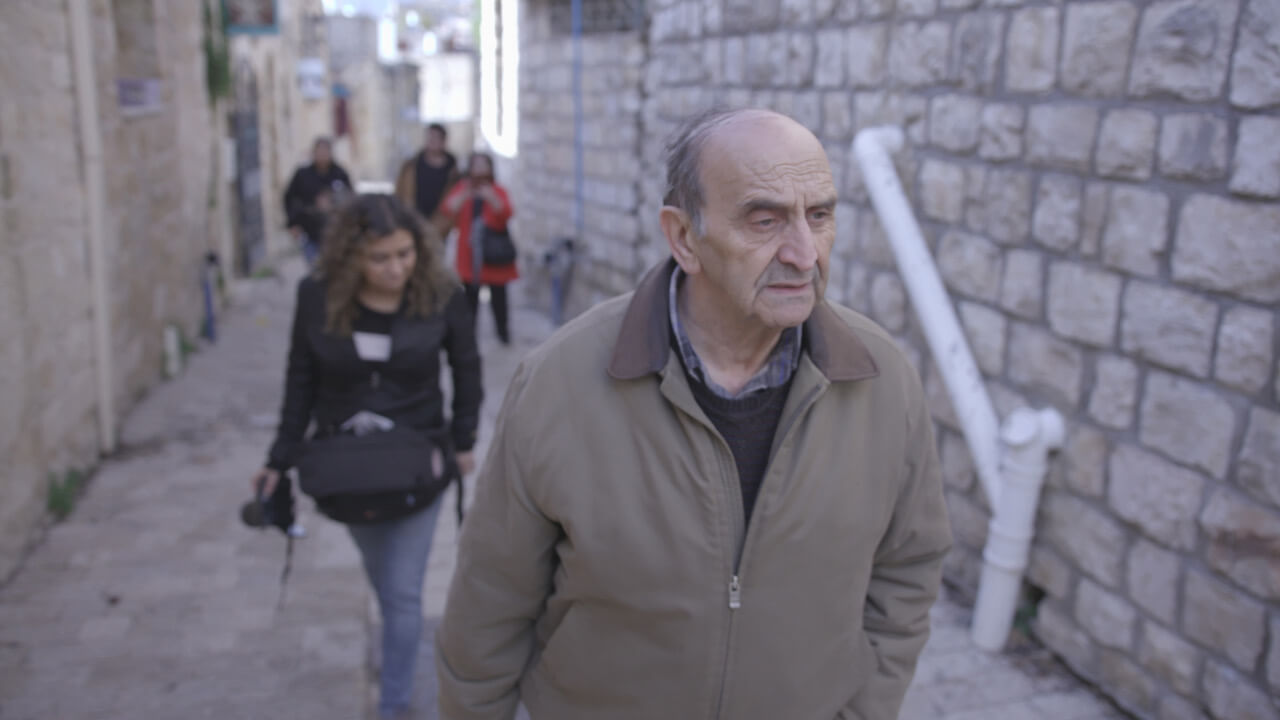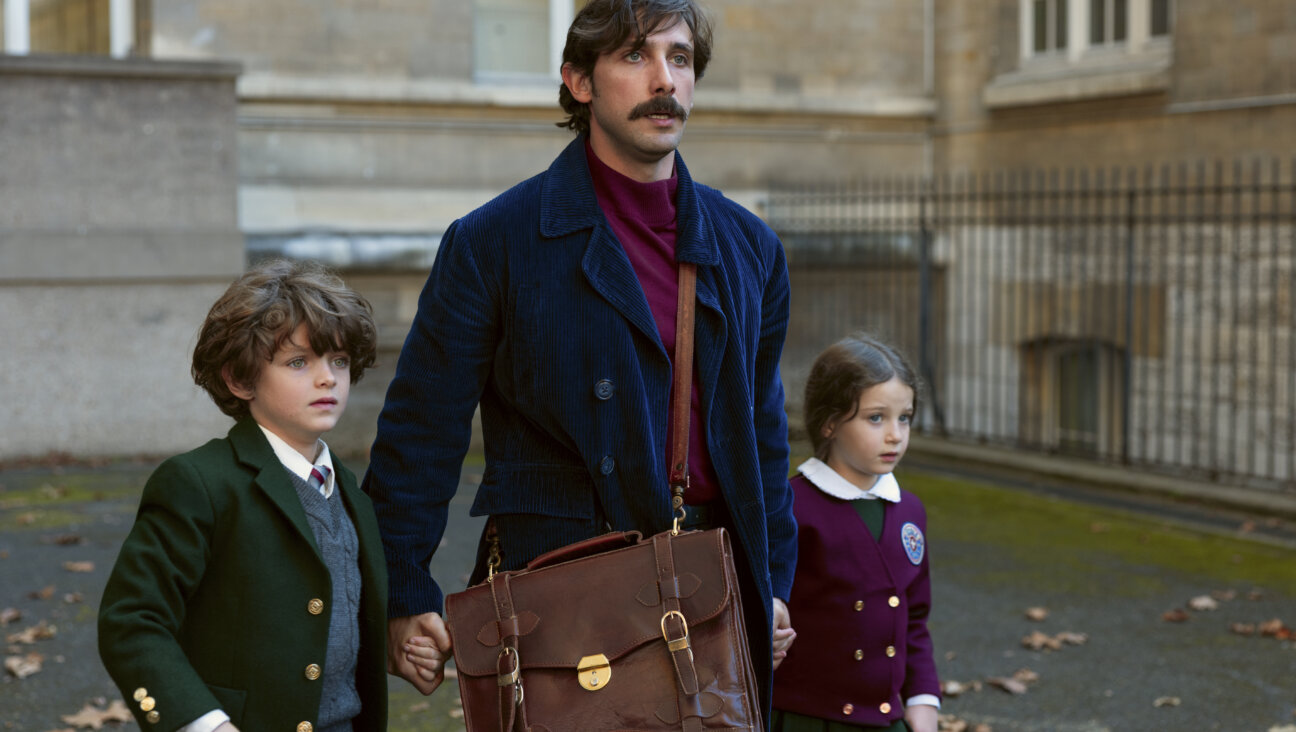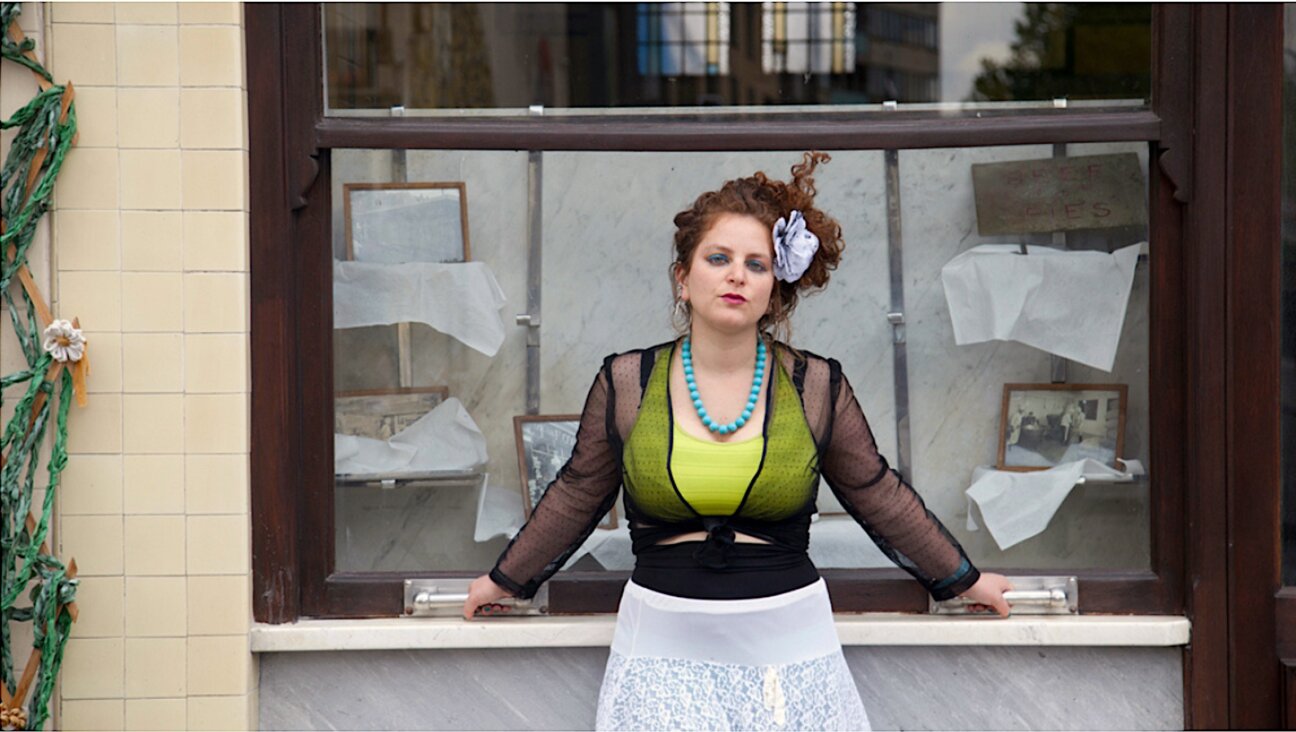“Memoir Of War” Brings Occupied France To Life

Mélanie Thierry as Marguerite in “Memoir of War” Image by Courtesy of Music Box Films
There are moments in “Memoir of War” where you’d be forgiven for experiencing déjà vu. I’ve seen this empty Paris cityscape before in Antonioni’s “L’Eclisse.” I’ve endured this long, tracking shot through a crowd in Godard’s “Weekend.” I’ve heard the consonant voiceover in Alain Resnais and Marguerite Duras’ “Hiroshima Mon Amour.” But if you look into the pedigree of the director, Emmanuel Finkiel, who began his career as an assistant director to Godard, things snap into focus — something that his camera, in a trademark of his own, seldom does.
The film is an adaptation of Duras’ semi-autobiographical novel “The War: A Memoir” about her life in Nazi-occupied Paris. It is a life of bureaucratic menace: Gestapo checkpoints, crowded government waiting rooms, boredom interrupted by flashes of danger.
Marguerite works a French collaborationist cop for information about her arrested husband, the writer Robert Antelme (Emmanuel Bourdieu), and meets in a smoky apartment with members of the Resistance in tense scenes that never fulfill their promise of peril. This is a feature, not a bug, as the film is more concerned with the banalities of evil than manufactured thrills.
More than losing her husband, the real risk for Marguerite is a loss of herself, her country and the tether she has to reality. Finkiel’s camera alternates between the fragmentary effect of a long-focus lens and a shallow depth of field. We can make out Marguerite, (the superbly expressive Mélanie Thierry) in close up, but the world around her blurs through her subjectivity — even as another version of her appears on screen, answering the phone while she stays rooted at her desk in dissociation.
She is foregrounded in her grief while the festive noise of Allied liberation — the election of De Gaulle and the end of the war in Europe — pass by in her hazy periphery.
“I can’t focus,” she reports in breathy voiceover.
The last third of the film clarifies the image a bit. Political prisoners returned from concentration camps appear in their striped uniforms and Marguerite asks them for news of Robert. These people have definition, sharp edges on their emaciated bodies. Though they have lost something of themselves, they remain real, maybe even more corporeal by the news they bring, and the stakes they present.
Still, absences feature just as much as presence. Shulamit Adar, who starred as a Holocaust survivor in Finkiel’s film “Voyages”, plays Madame Katz, Marguerite’s neighbor. Katz spends her days laundering her daughter, Dora’s, clothes, hanging it from the doors and furniture in Marguerite’s apartment. We learn later Dora, who was physically handicapped, was sent to the gas chambers.
Marguerite and Madame Katz are joined in their losses. It’s not lost on Marguerite that Robert, a political prisoner, has found himself in the same position as the Jews. As Madame Katz sings Yiddish folk songs, Marguerite remarks how “no one speaks of Jews in Paris.” The city’s Jews are just another absence felt.
When Robert returns from Buchenwald, he is somewhere between life and death. His personhood collapses for Marguerite, even as he recovers. How it happens is one of the film’s many magic tricks and one that asserts Finkiel as a talent in his own right.
In interviews, Finkiel has connected Marguerite’s wait for Robert with his own father’s wait for his brother and parents. Though both died at Auschwitz, he sensed he was still waiting. “For those who had no physical remains,” he said, “absence was always present.”


